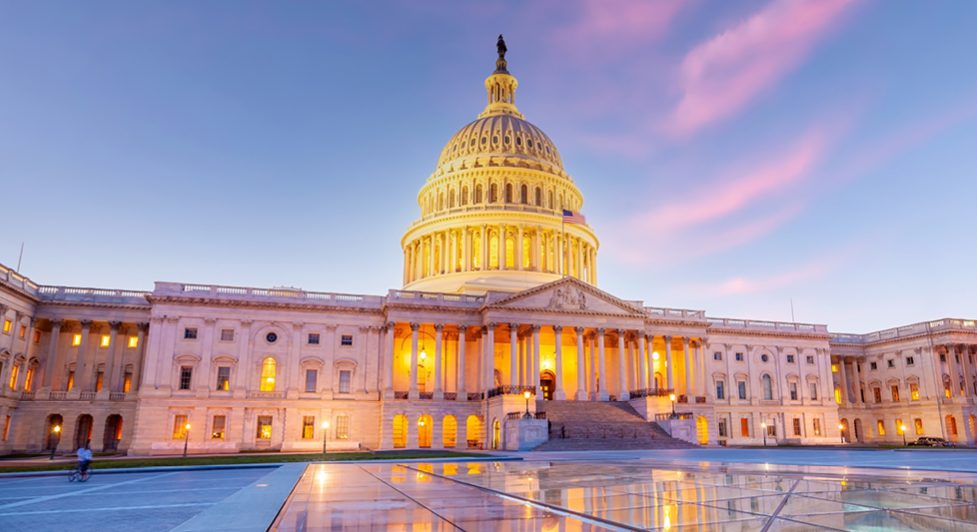All the elements for a resurgent Washington Metro apartment market are falling into place. True, some property managers in the DMV (District-Maryland-Virginia) area are offering concessions, but they are largely concentrated in booming Class A District markets like NOMA (North of Massachusetts Avenue). Virtually all of suburban Maryland and Northern Virginia are unscathed.
Rent growth has started to pick up. In May 2024, Yardi Matrix put annual rent growth across the Washington Metro area at 3.0%, the fifth highest in the nation. Despite the upscale concessions in the District, Washington ranked third in the lifestyle asset class. Occupancy has also held up. Year over year, the DMV’s first-quarter vacancy rate slipped just 10 basis points to 5.3%.
As in many markets, attention is focused on supply. While approximately 12,000 apartments came online in 2023 and another 12,000 are expected for 2024, absorption (at annual rate of 11,650 units as of Q1 2024) is steadily nibbling away at any excess, and, in recent quarters, construction starts have fallen to decade lows. Only 5,768 units began construction in the year ending March 2024. While 2023 transactions in the DMV slowed to a trickle much as in the rest of the country, solid market fundamentals suggest the Washington Metro area should see a revival in the next six-to-12 months. It is certainly a market worth watching by multifamily investors.
Resilient by Nature
Washington has one of the most stable economies of any major East Coast city. According to the Bureau of Labor Statistics, three recession-resistant fields—professional and business services (23.8%), government (22.1%), and education and health services (13.7%)—together account for almost 60% of area employment. And these sectors continue to add employees. At the end of March 2024, government employment had grown 2.8% year over year and education and health services had grown 2.7%, although professional and business services had shrunk slightly.
The expanding jobs market is one reason that unemployment has averaged 2.7% for most of the past year—and that the DMV has outpaced other Northeast cities in population growth, according to the latest U.S. Census Bureau reports. In 2023, it saw its most significant population gains since 2018, fueled in large part by immigration from abroad.
But employment and population growth are not the only factors contributing to continued robust multifamily absorption in the area. Ongoing changes in government work-from-office rules are expected to lead many workers who left the city during the pandemic to return. In January, White House Chief of Staff Jeffrey Zients asked government agency leaders to “double down” on in-person work, and that effort picked up steam in May when U.S. Senators Mitt Romney and Joe Manchin introduced The Back to Work Act of 2024, which would limit federal employees’ telework to no more than 40% of their time. These initiatives suggest that, in the next few years, demand for Washington Metro multifamily apartments will be also driven by domestic migration.
A final factor driving positive multifamily fundamentals is the high cost of home ownership. According to Lending Tree, median monthly housing costs for DMV homes with a mortgage are $630 more than the median monthly gross rent.
A Tale of Three Cities
Although these characteristics are general across the Washington Metro, the name DMV suggests that the area is an aggregate of three distinct regions. For instance, the Northern Virginia suburbs, with their collection of 15 Fortune 500 company headquarters, has higher rent growth and lower vacancy rates than their counterparts in Maryland or the District. In particular, the Silver Line, completed in 2022, continues to support transportation-oriented development along its route, and although Amazon’s HQ2 project is on hold, the opening of its 2.1 million-square-foot phase 1 in June 2023 continues to stimulate multifamily investment. At the end of June 2024, the sale of a 348-unit apartment building across from HQ2’s Pentagon City location for $113.5 million was nationally one of the largest deals of the week.
One reason that Northern Virginia is so attractive is that new construction has been restrained. As a result, eight of the top 10 Washington Metro submarkets for rent growth in 2023 were in Northern Virginia. At the top of the list was the Crystal City/Pentagon City submarket, where growth reached 5.5%.
The District market, by comparison, has been shaped by a construction boom, which, according to Moody’s, has dramatically outpaced suburban Maryland and Northern Virginia. Over the last 10 years, between first quarter of 2014 and first quarter 2024, DC’s multifamily inventory grew by 45.3%, compared to just 21.9% for suburbs in Virginia and 14.8% for those in Maryland. This expansion is still underway. While the construction boom is tailing off, there are still more than 11,200 units in various stages of development in Washington proper.
The Maryland suburbs are more heterogeneous than those in Northern Virginia. Workforce housing predominates in many communities in east and southeast of the district, which gives property managers little leeway to raise rents. Rent growth was under 1.0% in four submarkets, including Suitland/District Heights/Capitol Heights, which was the only submarket in the area to log negative rent growth in 2023. The silver lining for these properties is their high occupancy rate and strong employment bases provided by the University of Maryland and Prince George County.
The Maryland suburbs north of the District tell a different story, reflecting the demographics of the area as a whole. Rent growth was much higher, reaching 5.5% in East Silver Spring/Takoma Park/Adelphi neighborhood. At the same time, Amazon has taken on the challenge of diversifying the area, funding 750 new transit-oriented affordable housing units in College Park and Hyattsville through its Housing Equity Fund.
Although transactions were thin on the ground in 2023, they reflected the differences about these three subregions. More than $800 million in sales were recorded in Northern Virginia, $876 million in suburban Maryland (including a $220.2 million sale in Bethesda), but just $357 million in the District.
Getting in Ahead of the Curve
The bottom line: the Washington Metro is a high-demand/high-supply market with strong, sustained economic and demographic trends that favor multifamily. These should begin to ignite transactions over the next six-to-12 months. This makes the DMV a market that deserves close scrutiny by investors who want to get in before it takes off.
Download the full Washington D.C. Market Report here.

